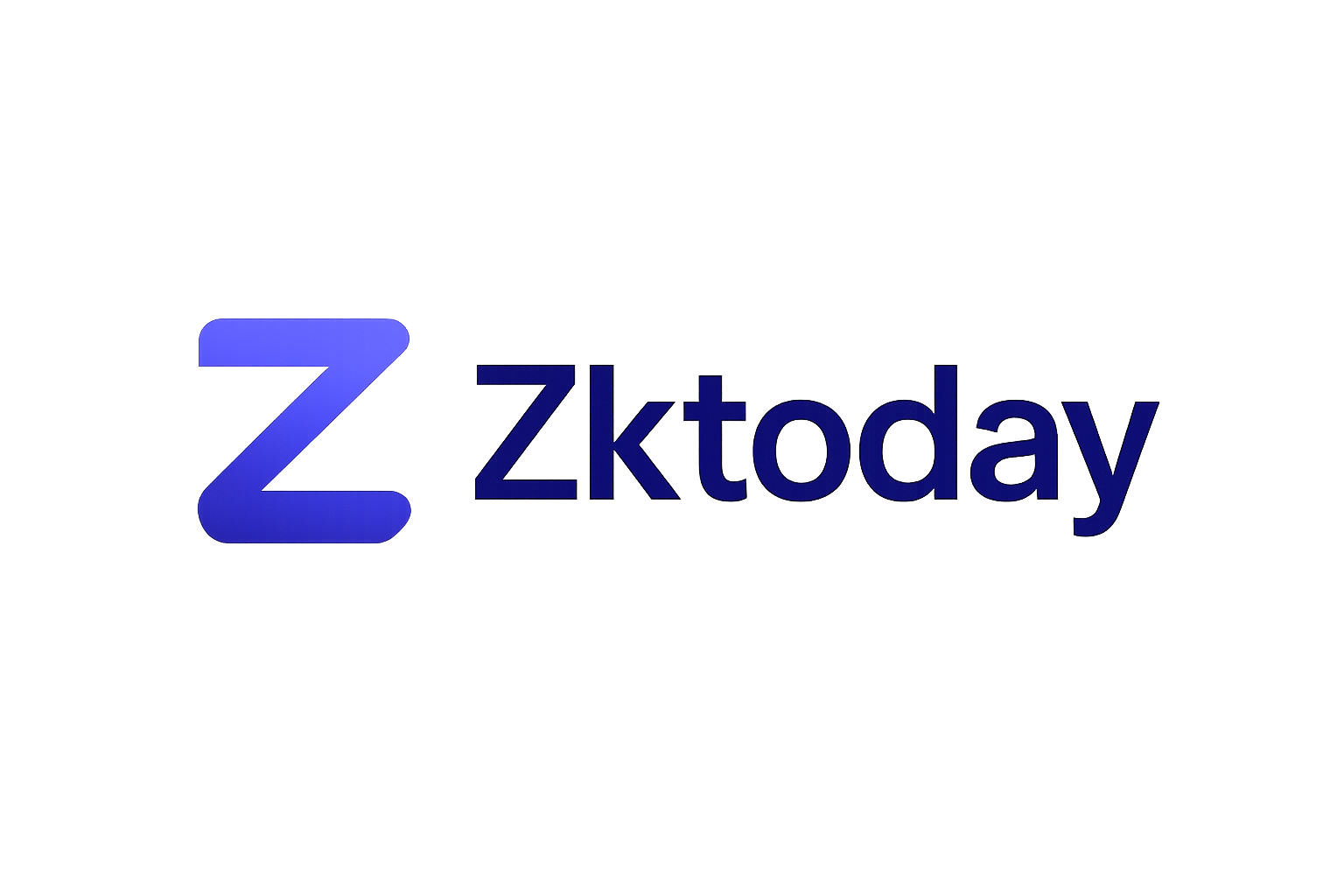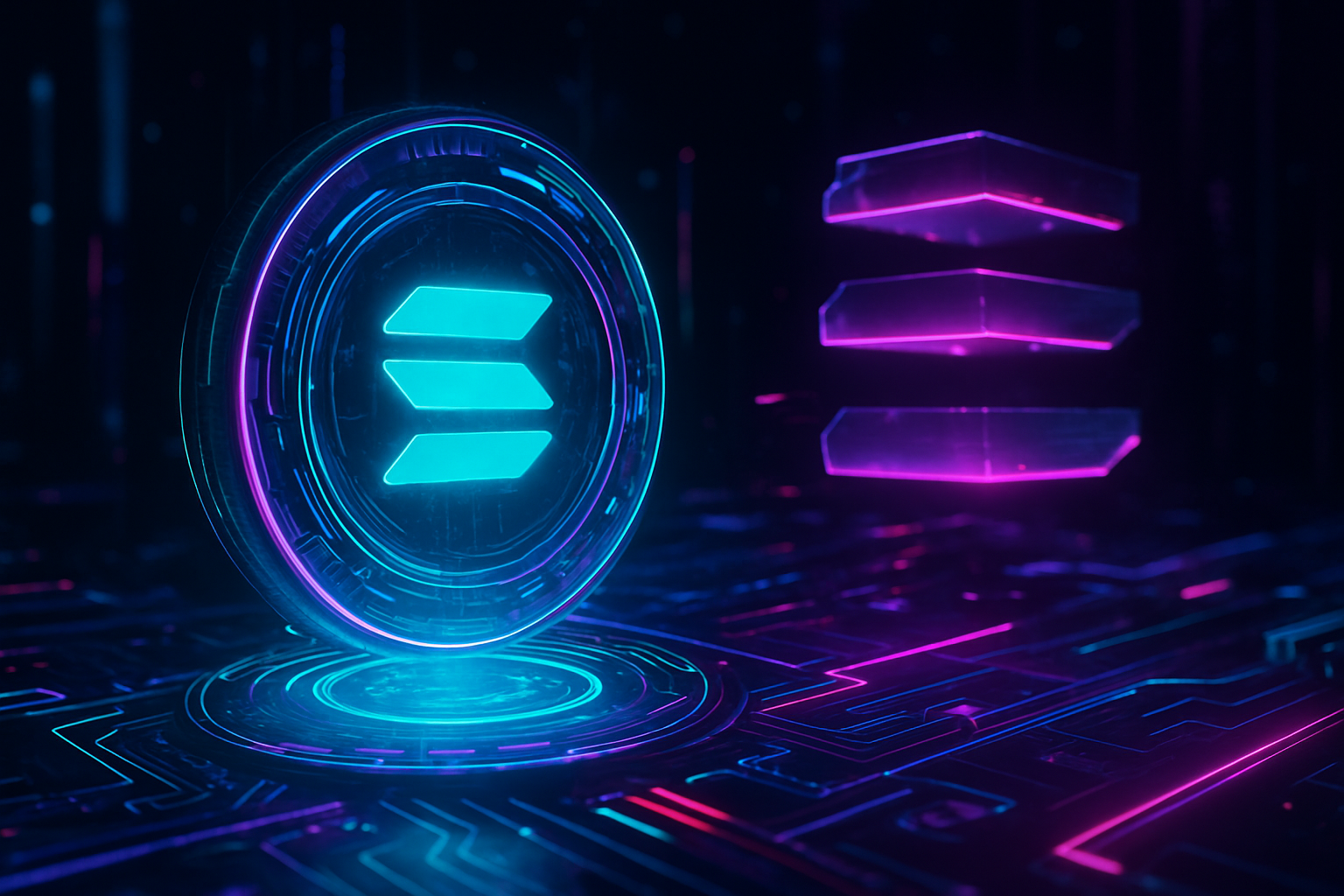
Solana has always been about speed, but the latest innovation provides ephemeral rollups: is cranking the dial up to eleven. With Binance-Peg SOL (SOL) currently trading at $209.36, the network’s momentum is undeniable, and the buzz around ephemeral rollups is only fueling the fire. These temporary, high-performance execution environments are rewriting the rules for dynamic blockchain scaling, promising ultra-low latency and gasless transactions without the headaches of state fragmentation or compromised security.

What Makes Ephemeral Rollups Different?
Let’s get to the heart of it: unlike traditional rollups that create persistent sidechains or fragment liquidity, ephemeral rollups on Solana are spun up only when needed. They leverage the Solana Virtual Machine (SVM), temporarily locking specific accounts while keeping them readable to the rest of the network. This means apps and games can process transactions at lightning speed, think end-to-end latencies below 50 milliseconds, while the mainnet remains the single source of truth. When the rollup completes its work, the updated state is verified and anchored back to Solana’s main chain, preserving both composability and trust.
“By letting rollups appear and vanish as needed, execution becomes fluid without losing the anchoring trust of Solana’s ledger. It blends the best of both worlds, speed and security. “
Why This Matters for Scalability and Security
So why is the community so hyped? The answer lies in the trifecta of performance, flexibility, and security. Ephemeral rollups don’t just speed things up, they enable horizontal scalability by allowing multiple rollup instances to run in parallel. That means Solana can handle millions of transactions per second, all while keeping liquidity and composability intact. For developers, this is a game-changer: you get the throughput of a custom app chain, but with none of the fragmentation headaches.
Top 5 Benefits of Ephemeral Rollups for Solana dApps
-
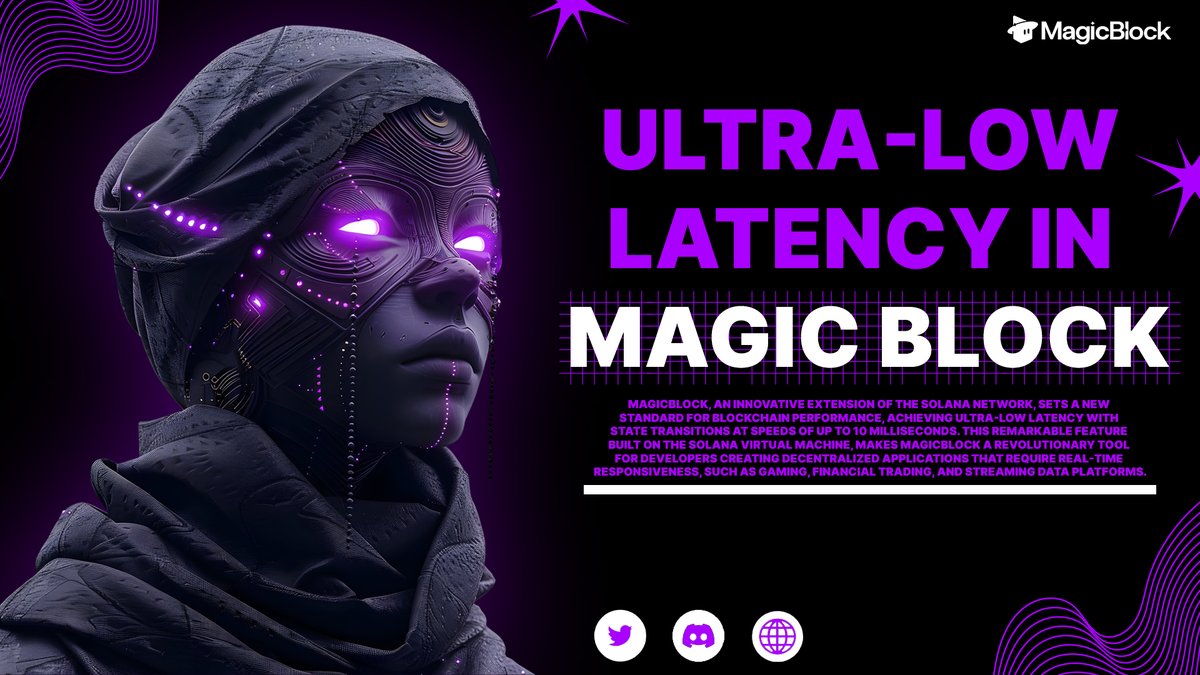
Ultra-Low Latency: Ephemeral Rollups (ERs) enable end-to-end transaction latencies below 50 milliseconds globally, making real-time applications like high-frequency trading and interactive gaming possible on Solana.
-
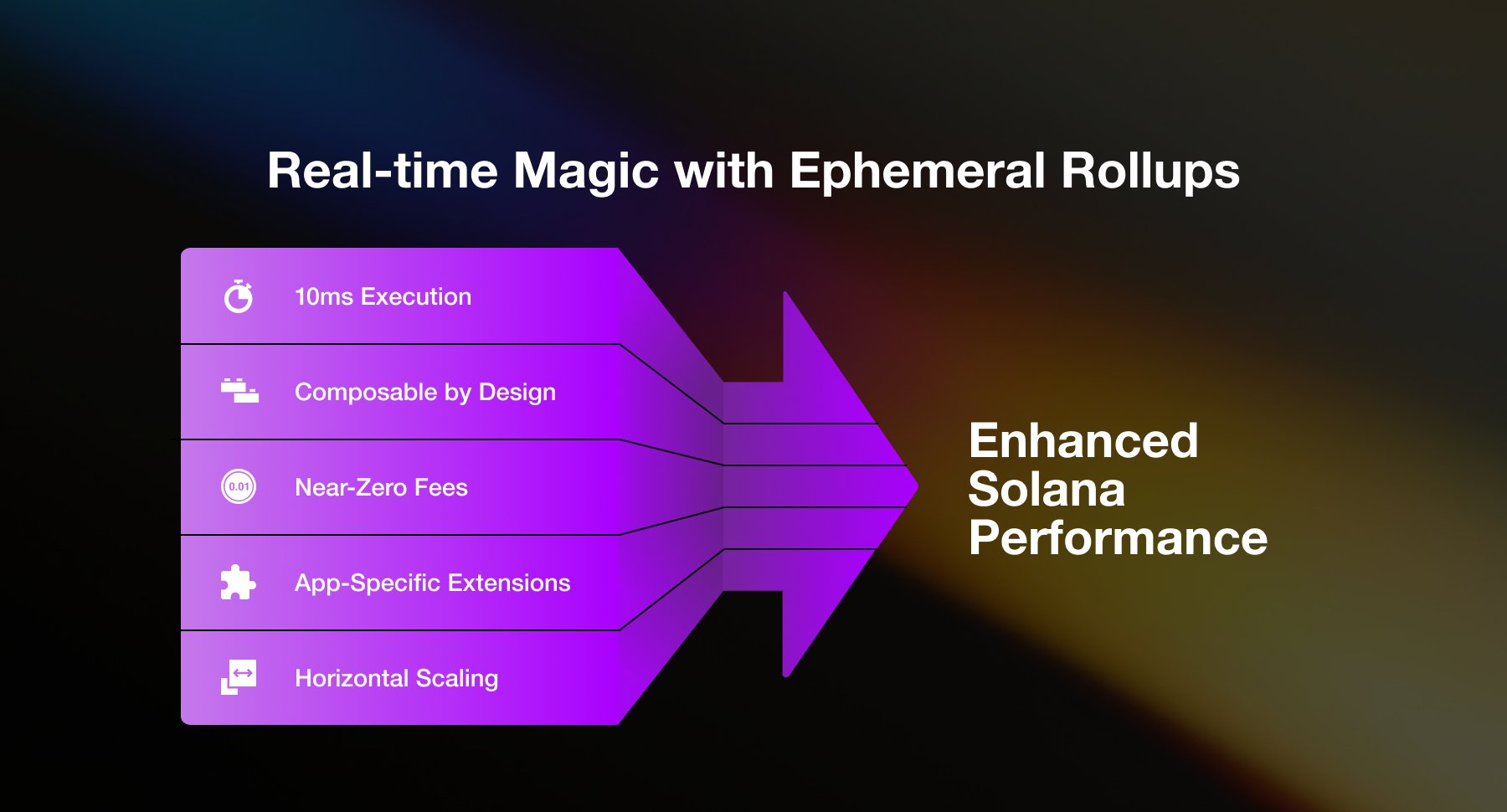
Gasless Transactions: By leveraging dedicated execution environments, ERs offer zero-fee transactions, removing barriers for microtransactions and driving mass adoption of Solana dApps.
-
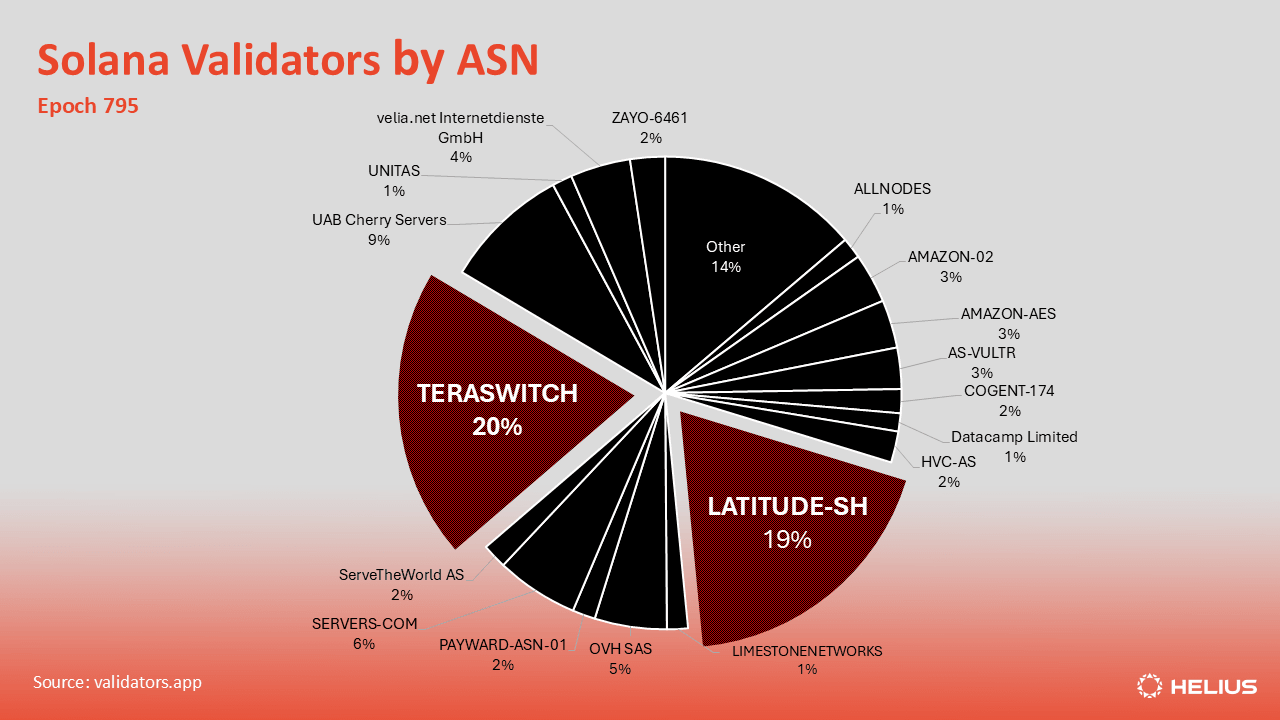
Horizontal Scalability: ERs can spin up multiple instances on-demand, allowing Solana to handle millions of transactions per second without fragmenting liquidity or composability.
-
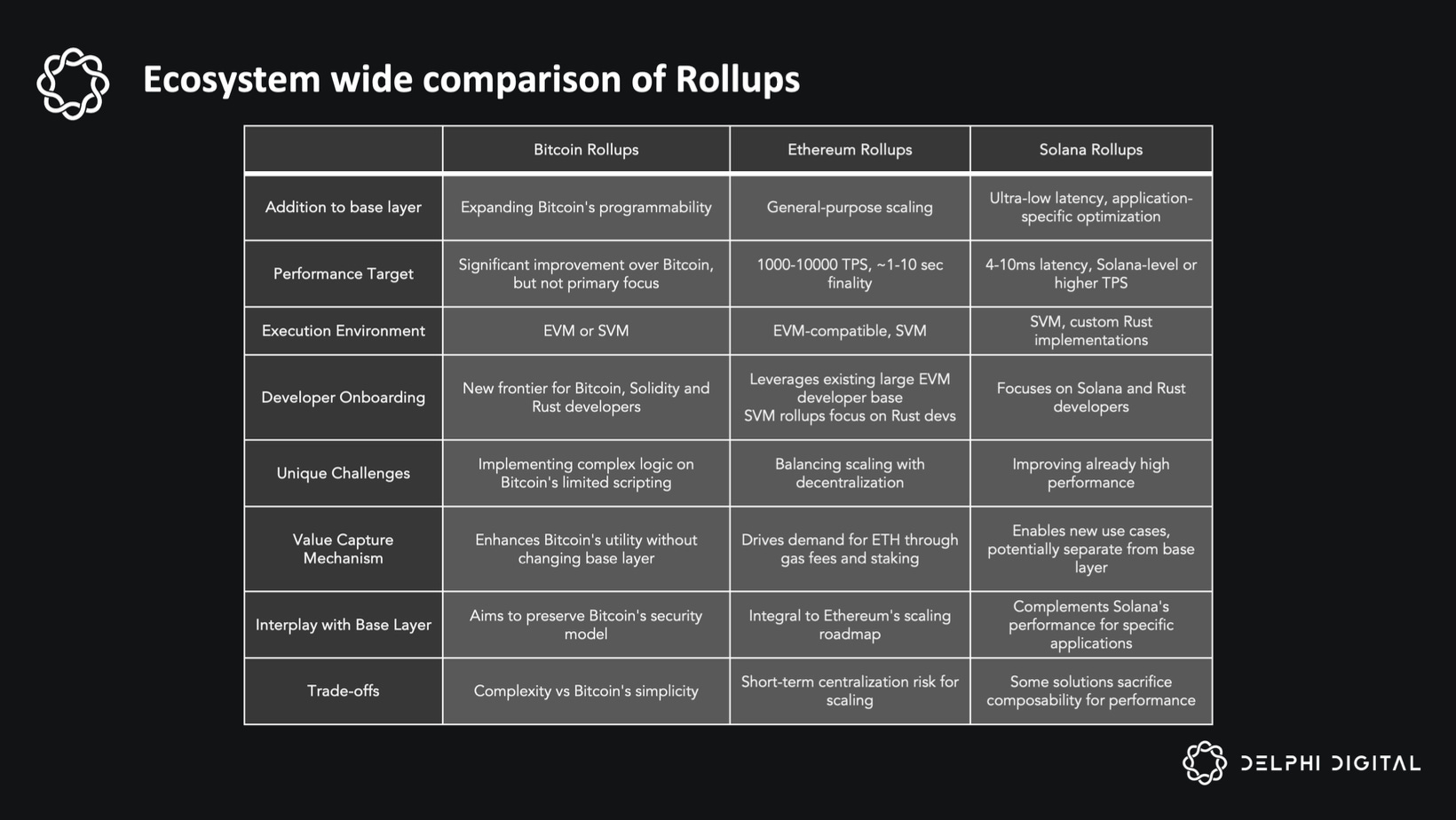
Preserved Composability: Since smart contracts and most game state remain on Solana’s main chain, developers can build on and interact with existing dApps without friction, maintaining the network’s composability.
-
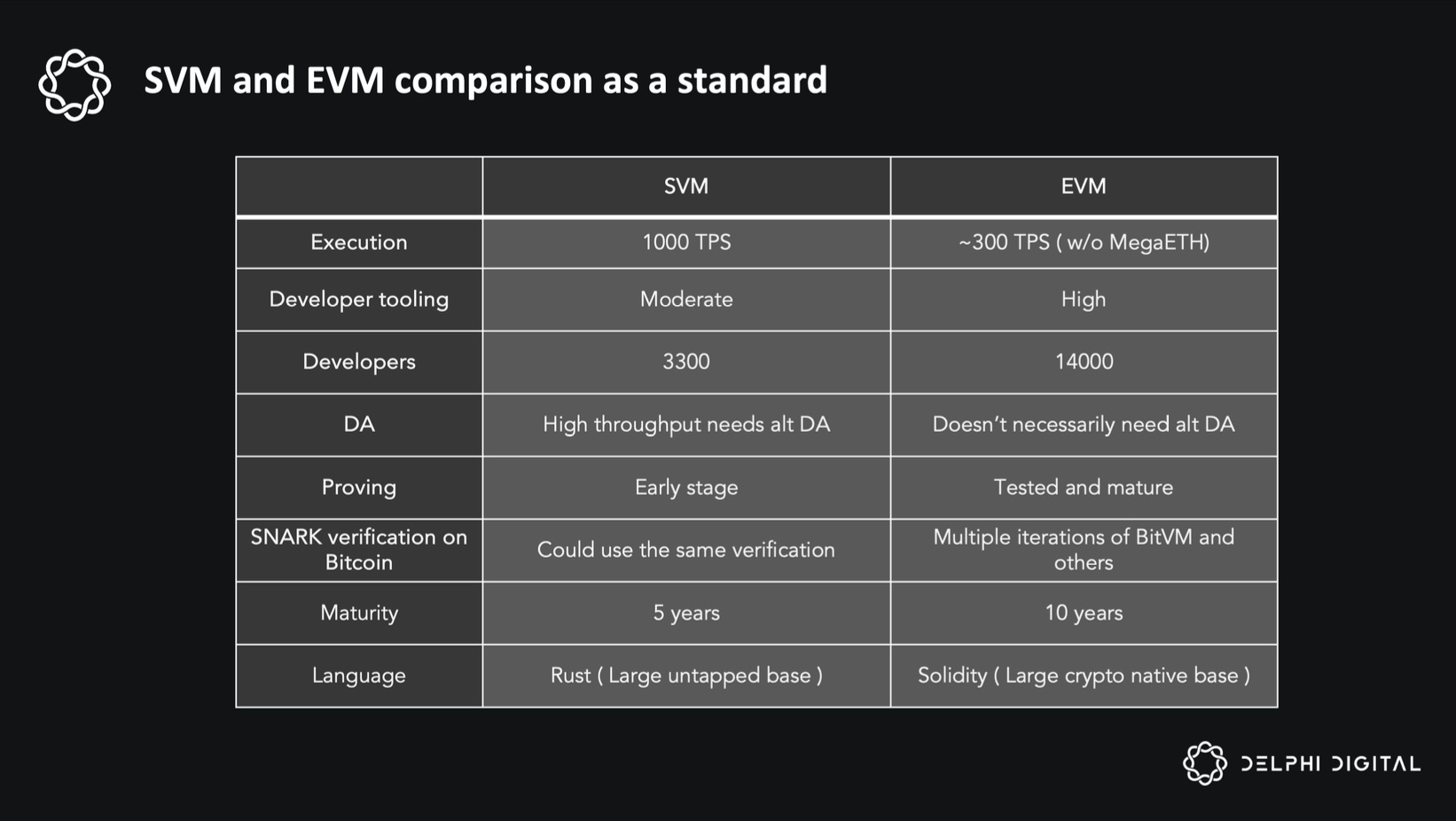
Dynamic Fraud-Proof Security: ERs use decentralized committees and light client sampling to verify state transitions, letting developers choose the security level to balance performance and trustlessness.
Security isn’t an afterthought here. Each ephemeral rollup uses dynamic fraud-proof mechanisms, supported by a decentralized security committee and light clients that verify transactions in real time. Developers can dial up or down the security level by adjusting how many light clients participate, striking a balance between trustlessness and performance. If you want to dig deeper into how these mechanics work, check out this technical breakdown.
Real-World Applications: From Games to DeFi
While MagicBlock’s early focus has been on on-chain gaming, where real-time action and microtransactions are essential, the potential use cases stretch far beyond play-to-earn. Think high-frequency trading platforms, real-time DeFi protocols, social networks, and any app where latency and throughput are mission-critical. By processing transactions off the main chain but committing final states back to Solana, ephemeral rollups keep everything composable and accessible for other protocols. It’s not just theory, projects are already leveraging this tech for next-level user experiences.
What’s especially exciting is how blockstranding scalability: treating scaling as an ongoing process, not a fixed milestone, unlocks continuous innovation without breaking what already works. This adaptive approach is already attracting attention from both builders and investors looking to ride the next wave of modular blockchain performance. For an in-depth look at how ephemeral rollups are reshaping DeFi and dApps, don’t miss this analysis.
One of the most compelling aspects of ephemeral rollups is their ability to support gasless transactions. By offloading execution to these temporary environments, microtransactions become economically viable, opening the door for mass adoption in sectors previously stifled by high fees. Picture a real-time trading platform or an interactive social dApp where every like, swap, or move is instant and free, this is now within reach on Solana.
But the innovation doesn’t stop at performance. Composability remains front and center. Since the core state and contracts live on Solana’s mainnet, developers aren’t forced into siloed ecosystems. Instead, they can build on top of existing protocols and assets, ensuring that DeFi legos remain stackable and that user liquidity isn’t fragmented across ephemeral sidechains. This is a huge win for the entire Solana ecosystem and a key differentiator from other scaling strategies.
Adaptive Security and Developer Flexibility
Security is often the Achilles’ heel of scaling solutions, but ephemeral rollups take a modular approach. Developers can tune the number of light clients and validators overseeing each rollup, dialing in the right balance of speed and trustlessness for their application. For ultra-sensitive use cases like DeFi, you can ramp up verification; for games or social apps, you can prioritize speed. This flexibility is what makes Solana adaptive rollups so attractive to a broad spectrum of builders.
It’s also worth highlighting the dynamic blockchain scaling at play here. Ephemeral rollups aren’t just a one-size-fits-all solution, they’re elastic. As user demand spikes, more rollup instances can be spun up instantly, then dissolved when no longer needed. This ensures that Solana’s network resources are always used efficiently, keeping fees low and throughput high even during peak periods.
With Binance-Peg SOL (SOL) holding strong at $209.36, it’s clear that confidence in Solana’s scaling roadmap is translating into real market momentum. The ability to scale on demand without sacrificing security or composability is drawing a new wave of interest from both developers and investors.
Looking Ahead: The Future of Modular Blockchain Performance
Ephemeral rollups are already making waves in gaming and DeFi, but their impact is set to ripple across every corner of the blockchain space. As more teams experiment with this architecture, expect to see new types of real-time applications, from decentralized exchanges with sub-second order matching to collaborative on-chain tools that feel as responsive as web2 platforms.
Solana’s approach, anchoring innovation in the main chain while letting ephemeral rollups handle the heavy lifting, could become the blueprint for scalable, composable blockchains everywhere. If you’re building or investing in the space, this is one trend you don’t want to miss.
For those who want to dive even deeper into ephemeral rollup architecture and its broader implications for blockchain scalability, check out the detailed breakdowns at Custom App Chains and Superchain Thesis. The future of Solana, and perhaps all modular blockchains, has never looked more dynamic or more composable.
